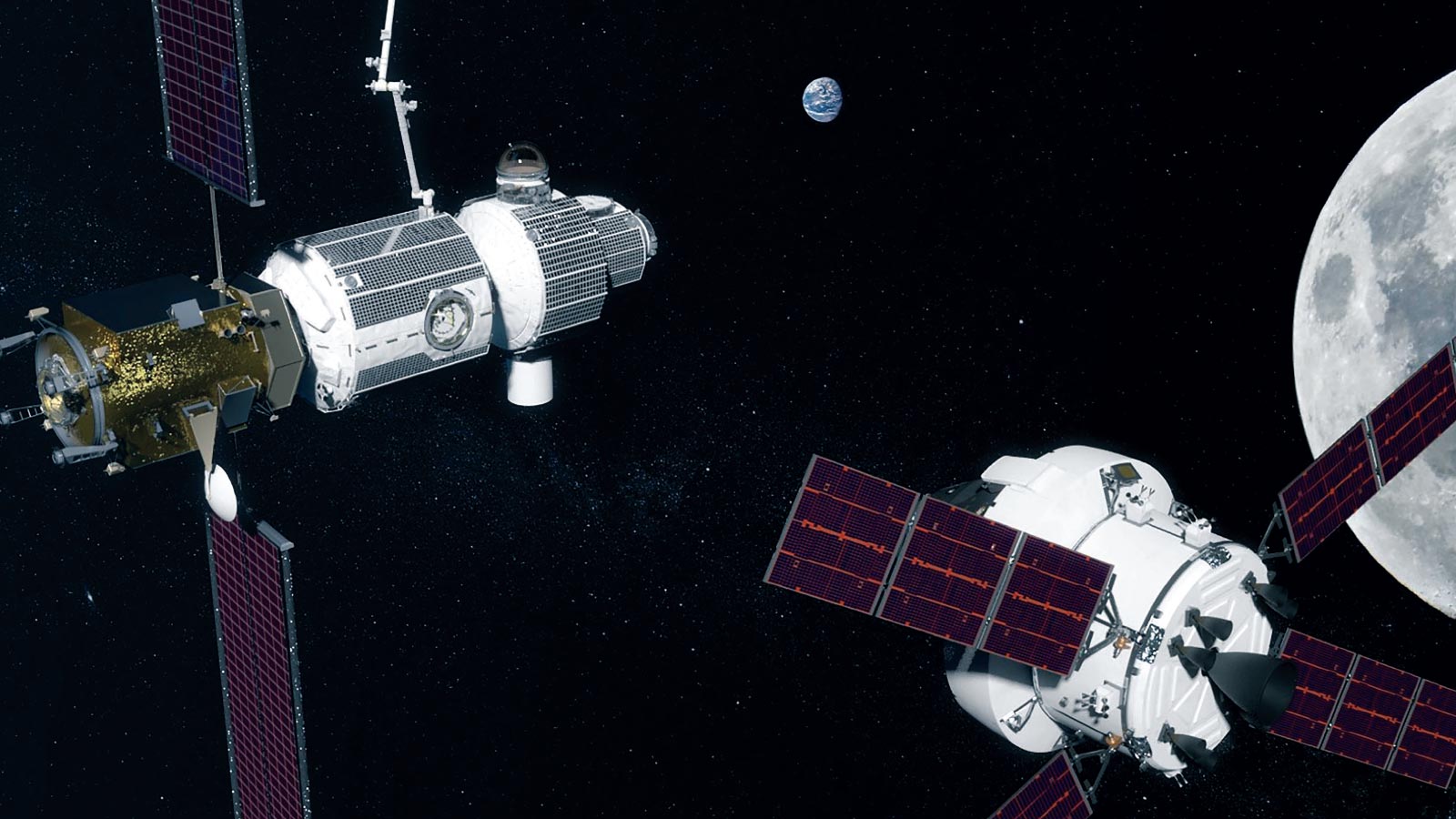Cassini’s lessons for Europa Clipper
By Tom Risen|May 2017
While NASA scientists were growing excited that the ocean under Saturn’s ice-covered moon Enceladus probably harbors conditions hospitable for microbes, technologists at the Southwest Research Institute in Texas were busy applying technical lessons from the mission that collected the tantalizing data.
The story begins in 2005 when the Cassini Saturn probe discovered that Enceladus spouts geysers through cracks in its icy surface. Scientists decided to send Cassini and its spectrometer dashing through those plumes to analyze them. A dive in 2015 provided the strongest evidence yet for the conclusion announced at NASA headquarters in April that the geysers of water and vapor also contain methane that could have been created by methanogenesis, a process that supplies energy to microbes in Earth’s deep oceans in the absence of sunlight.
Enter the team at the Southwest Research Institute designing the spectrometer for what is now officially called the Europa Clipper, a probe tentatively targeted for launch in 2022 whose orbit around Jupiter will fly it repeatedly by the moon Europa. Like Enceladus, Europa is thought to consist of an ocean covered with ice. At least one geyser could spout from Europa too, specifically just south of its equator, as the Hubble Space Telescope indicates. It’s unclear, for now, if this plume comes from the subsurface ocean or if it is even safe for a probe to fly through.
Nevertheless, the team at Southwest Research Institute realized that the Clipper’s spectrometer, a next generation version called the Mass Spectrometer for Planetary Exploration, might need to make similar dives and dashes through Europa’s geyser or geysers. Planetary scientist Hunter Waite, who is one of the co-authors of the Enceladus paper, “Cassini Finds Molecular Hydrogen in Enceladus Plume” in Science magazine, says his team is learning from the shortcomings uncovered during Cassini’s geyser passes.
Detecting the molecular conditions that could support life in the ocean of Enceladus required some improvisation by the Cassini team because the spectrometer was not designed to collect samples from a geyser. The mass spectrometer can measure ions, so it detected the molecules in the vapor, but the oxide layer of its titanium antechamber can react with ice grain specimens from the plume to accidentally create water and make it difficult to make precise readings, Waite says. To collect more accurate readings, Waite and his team took the Cassini measurements in open source mode, which sent samples directly into the spectrometer and minimized contact with the reactive titanium.
For Europa Clipper, they are designing a spectrometer that will not include titanium, but rather a composite that will likely include ceramics. Waite says the blueprint will be ready for a preliminary design review in 2018.
Scientists see the geysers as a shortcut in the search for life in the subsurface oceans of Europa and Enceladus. This finding comes as the NASA-funded Jet Propulsion Laboratory is testing political waters to propose new missions to explore the “ocean worlds” of the outer planets. The Trump administration’s proposed budget for 2018 does not include funds for a Europa lander that some scientists and lawmakers had favored, for instance. If a geyser spouting from a subsurface ocean is confirmed on Europa it could make the source of the plume an attractive site for a lander mission, says William Sparks, an astronomer with the Space Telescope Science Institute in Baltimore.
“The Europa Clipper is sure as heck going to want to look at this region,” predicts Sparks.








